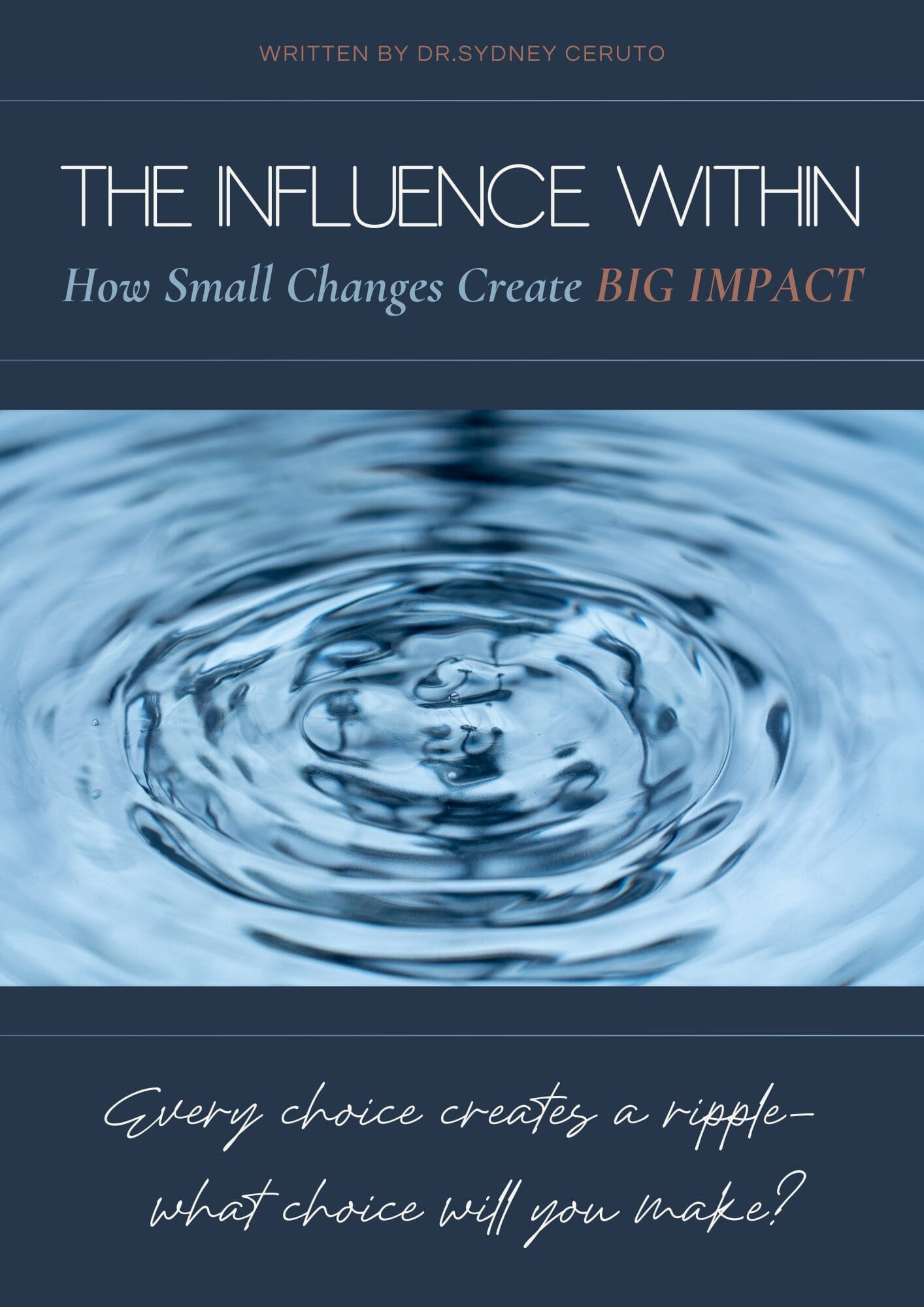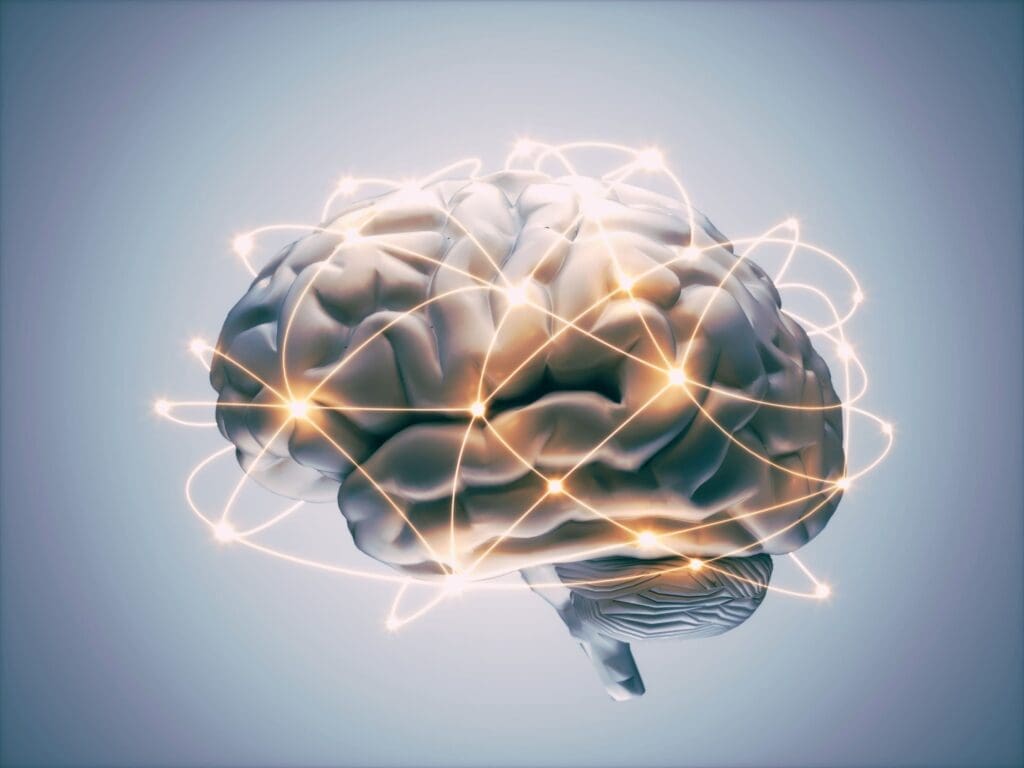Neuroscience and mental health are interlinked. If you want to treat your mental illness, here are some key strategies for your brain-wellness.
Look around (like, literally look around or scan your timeline or Twitter feed). You may have noticed that we’re making huge strides in destigmatizing mental illness, and that’s fantastic. The importance of treating your mental health as you would your physical health is a pretty well-accepted principle. It’s becoming less taboo to talk openly about therapy and mental illness. All signs point to the fact that we’re prioritizing self-care, and that’s awesome.
But when it comes to actually being mentally well, we’re a little murky on the follow-through. There’s no shortage of self-care strategies out there, but not everyone has the time and money to spend on a wellness retreat or horse therapy or crystals that may or may not chill you out.
This year, on World Mental Health Day, I’ve culled some of the most impactful and least intimidating ways to take care of your mental health so that it becomes something we do—not just something we talk about.
Neuroscience and Mental Health: Top 7 Key Strategies
Give yourself permission to take a mental health day when you need it.
You know when you need one, and you know you’ll be more productive (and just generally easier to be around) if you take one. So why do we all feel so selfish when we do it? Try to think of it as preventive medicine—by taking a day to relax and recharge now, you’re giving your body (and immune system) some time to catch up, which could help prevent an actual sick day in your future.
Do something else besides watching Netflix before bed.
If you’ve lost track of more nights than you can count while binge-watching a series, only to feel tired and groggy and kind of behind on life the next day, try a little experiment where you don’t watch TV before bed for a week. Use that time to read, color, call your mom, journal, take a bath, whatever. For a lot of people, zoning out with a good series can be a therapeutic coping mechanism, which is great, but it’s helpful to find other tools for calming down at the end of the day. And maybe you’ll find one that won’t occasionally keep you up until 2 a.m.
Think about things you only enjoy on vacation. Then inject a little of that into your daily life.
We tend to have a more chill outlook on everything when we’re on vacation. You replace the gym with swimming and walking, dinner consists of potlucks with new friends, and your email (hopefully) has an out-of-office reply. What if we took just a little bit of that mentality and made it the rule—rather than the exception? Maybe that means skipping the gym to go for a simple run in the park or turning your phone on Do Not Disturb between the hours of 10 p.m. and 7 a.m. Obviously it won’t make you feel like you’re on vacation, but it might help you reclaim your time.
Take literally five minutes to meditate and don’t you roll your eyes at me.
Yes, meditation seems like a thing that only yoga teachers do, but it doesn’t need to be a whole thing to be effective. Don’t worry about accomplishing anything or reaching some sort of enlightenment when you do it; just the fact that you’re taking a few minutes to calm down and focus on your breathing is huge. If you don’t know where to start, just sit quietly and focus on breathing in and out, slowly, for two minutes. Then work up to five minutes the next time you do it.
Get help, even if you think what you’re dealing with isn’t “bad enough.”
There is no threshold of struggling you have to reach before therapy or medication is warranted. If you’re experiencing mood changes that aren’t going away—especially if it’s interfering with your daily life—talk to someone and get help.
Consider cutting back on alcohol if you end up feeling worse every time you go out drinking.
For many people, there’s nothing wrong with drinking in moderation. But if you find that you’re consistently drinking to escape feelings of depression or anxiety, or if you frequently experience morning-after panic, it might be worth thinking about the role that alcohol plays in your moods.
Stop glorifying being busy and get some sleep.
You make time for happy hour, Pilates, and sex. It’s time to make time for sleep. Without it, not only will you feel like a groggy mess at work and in life, but your mental health will almost certainly suffer. Sleep isn’t a magic reset button for your moods, but it can make a huge difference when you’re not getting enough.






